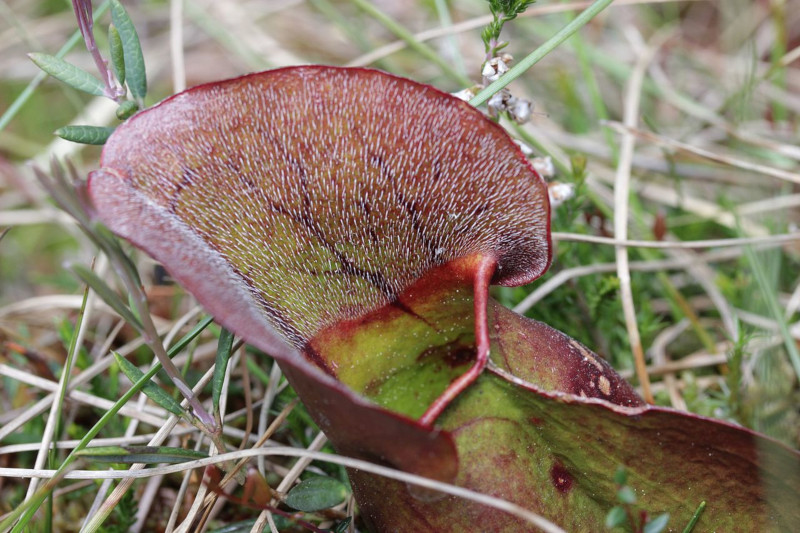
Purple Pitcher Plant Facts
- The intriguing term of Purple Pitcher Plant serves as the most frequently used common name for a remarkable variety of carnivorous plant. It does have other general titles, though. These include turtle socks, and the strange side-saddle flower.
- Within the scientific community, however, it’s usually referred to by its technical name. But, like many such names, that’s somewhat hard for the average layperson to pronounce. That’s because it holds the official appellation Sarracenia purpurea.
- Regardless of which name one uses to refer to it, the plant remains a most fascinating species. Quite remarkably, its original recognition also occurred long ago. The Quebec surgeon, Michael Sarrazin, made that initial scientific description in the year 1601.
- Intriguingly, its discovery and recognition also instigated the formation of an entirely new Family, named Sarraceniaceae. For the moment, however, the population base of this fascinating variety of carnivorous flora appears to be relatively stable.
- This holds true throughout the entirety of its native range. The IUCN threfore does not currently have a listing for it on its Red List. Nevertheless, the magnificent Purple Pitcher Plant could easily find itself at some potential risk in the near future.
- Among the dangers, habitat loss represents a growing risk, as humans continue to expand into its territory. The greatest risk to the continued existence of this fascinating plant, though, most likely comes from the ongoing effects of climate change.
Related Articles

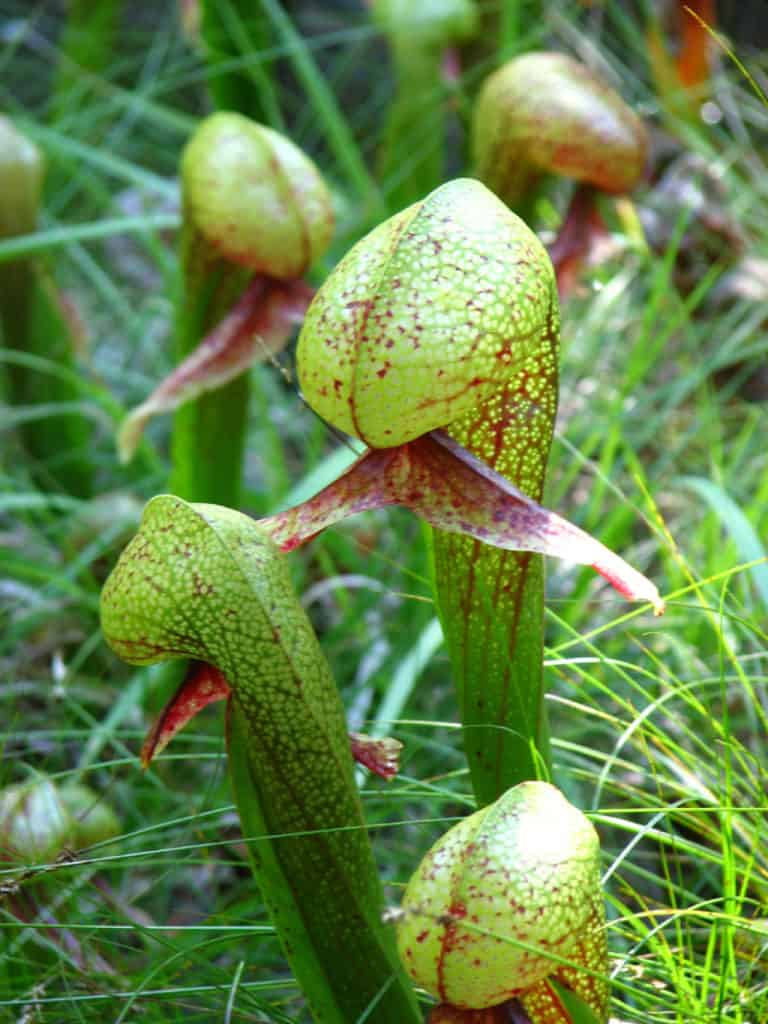
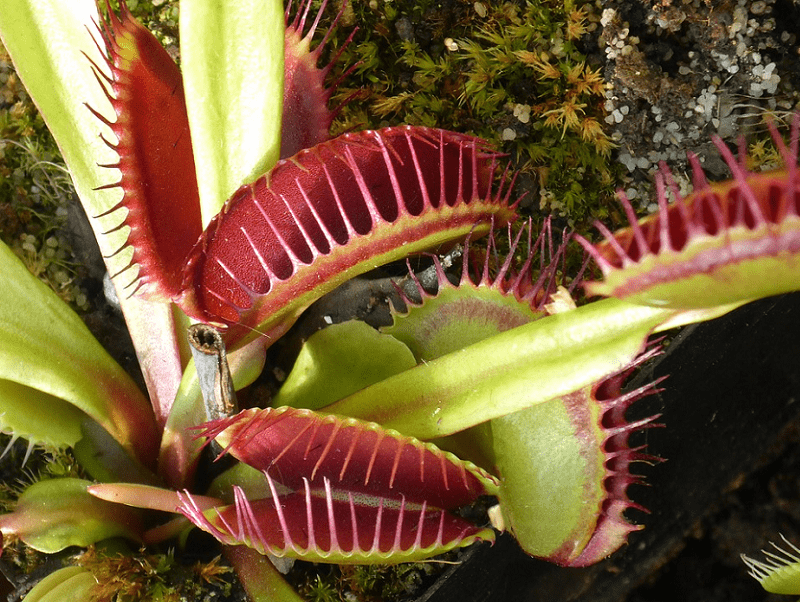
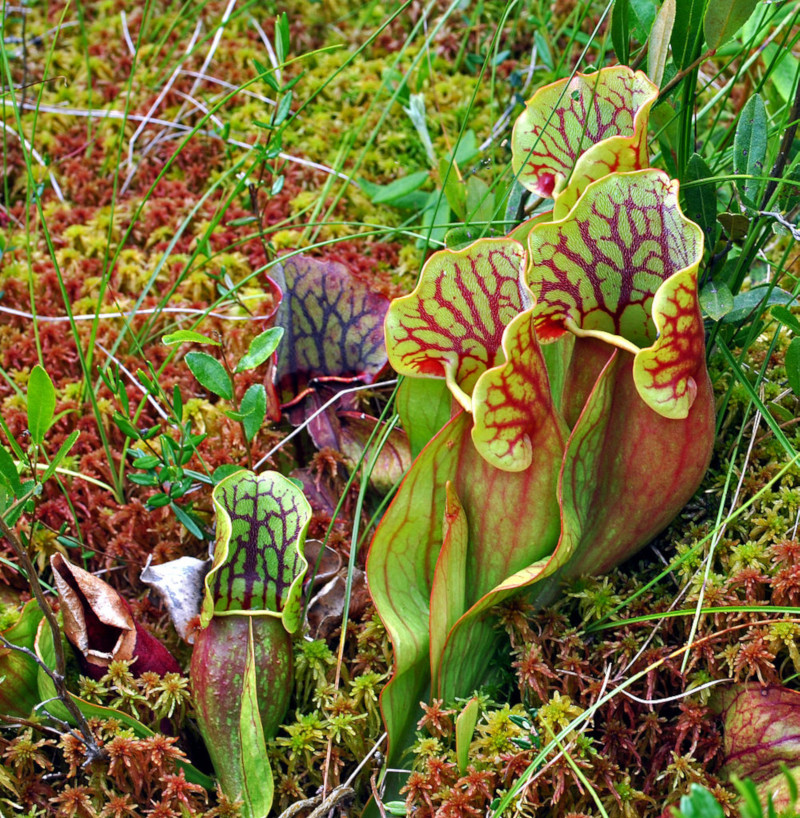
Purple Pitcher Plant Physical Description
Although the aptly-named Purple Pitcher Plant certainly merits fascination, it does not do so based on physical size. That holds true due to the simple fact that this particular Angiosperm only qualifies as an average-sized form of carnivorous plant.
This remarkable creation of Nature and evolution does, however, certainly have other aspects of its physiology worthy of respect and appreciation. In this manner, the unique flora demostrates the fact that size remains wholly irrelevant in the natural world.
Purely in terms of height, though, most examples of the stunning Purple Pitcher Plant attain average measurements ranging from approximately 7.9 – 15.8 in (20 – 40 cm). Though exceptional individual plants sometimes exceed this, they rarely do so a great degree.
The plant produces a single flower at the top of a tall, thin stem. This appears as a flattened ring, with dark maroon-colored petals. The remarkable leaves of the plant, often tinged with purple themselves, attain an average length of roughly 11.8 in (30 cm).
- Kingdom: Plantae
- Phylum: Tracheophytes
- Class: Angiosperms
- Order: Eudicots
- Family: Sarraceniaceae
- Genus: Sarracenia
- Species: S. purpurea
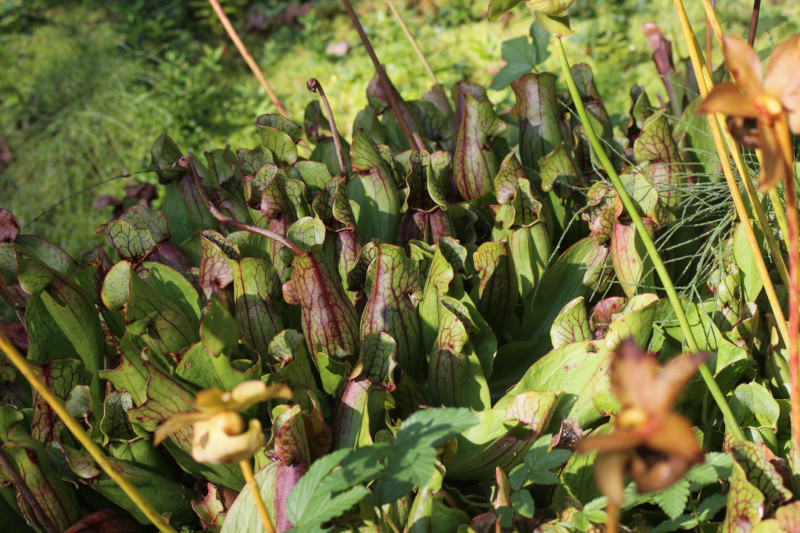
Purple Pitcher Plant Distribution, Habitat, and Ecology
To the surprise of a great many people, the remarkable Purple Pitcher Plant has a comparatively large, if somewhat oddly shaped, range of distribution. That holds true because the fascinating Angiosperm inhabits a fairly large section of the globe.
That’s true since the botanicl wonder appears in a relatively broad swathe of North America. This zone of habitation comprises nearly all of the country of Canada. Additionally, though, the awesome species also appears in very specific parts of the United States.
More specifically, this range of habitation consists of the Eastern seaboard, the Gulf Coast, the Great Lakes region, Washington state, and parts of the state of Alaska, as well. Like many related species, it also evolved as native to ecosystems that most plants find inhospitable.
This characteristic forms the very reason why such plants developed carnivorous natures to augment other nutrient-producing processes. In its case, this mostly consists of peat moss bogs. However, it will also appear in any wetland, and even roadside ditches.
The Purple Pitcher Plant traps its prey when it enters the pitcher. This occurs because the downward pointing hairs prevent it from leaving. Its prey mostly consists of small insects, such as flies, spiders, ants, and occasionally moths.
Species Sharing Its Range
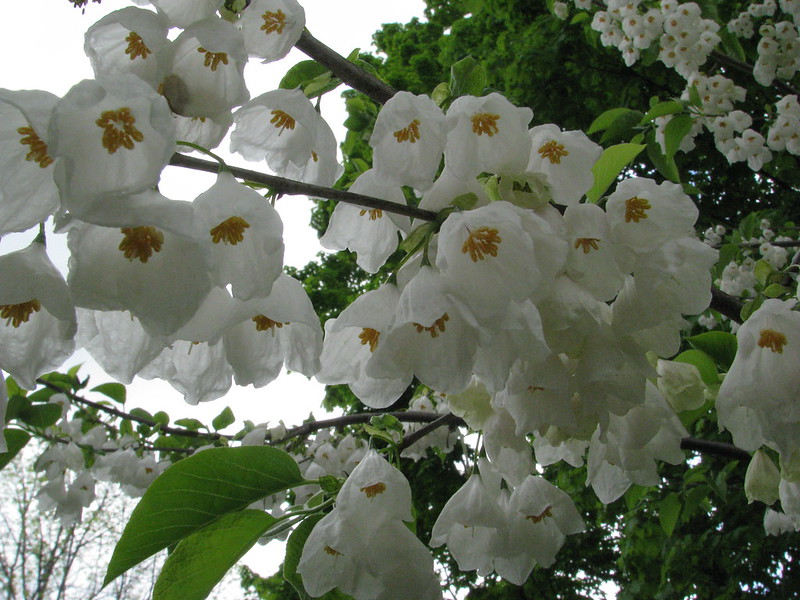
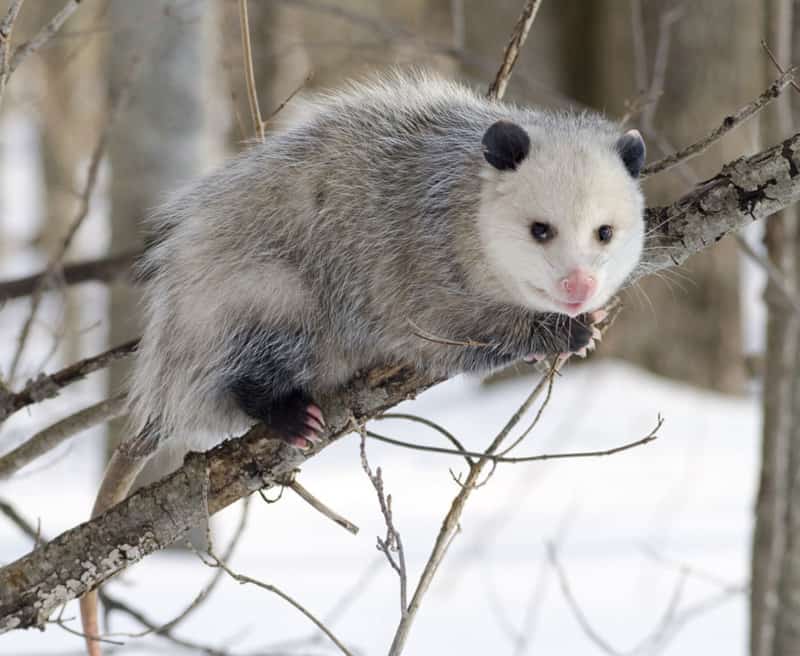
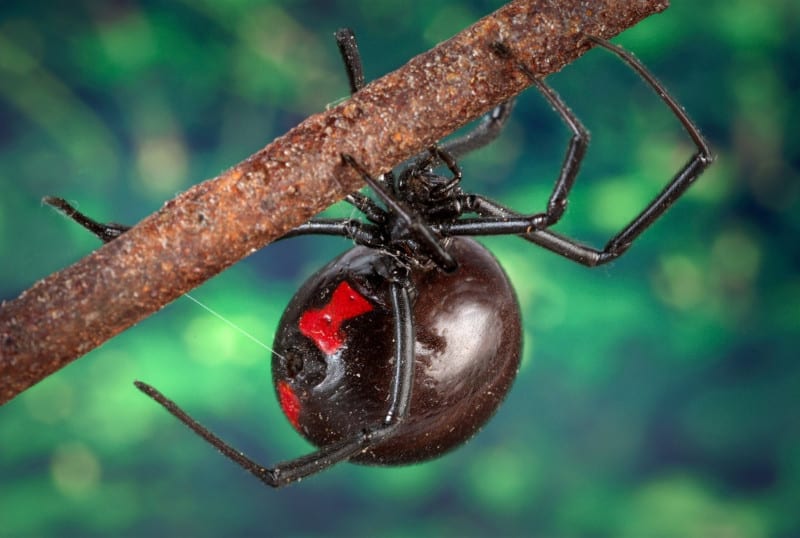
Check out our other articles on 4 Geological Wonders of Antarctica, Giant Manta Ray, Red Beach, Tree Kangaroo, Vampire Moth, Hoatzin, Bornean Flat Headed Frog, Spiny Dogfish









Leave a Reply